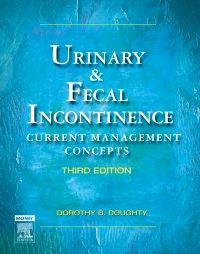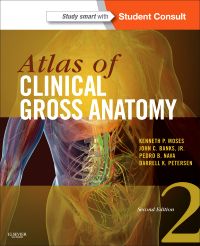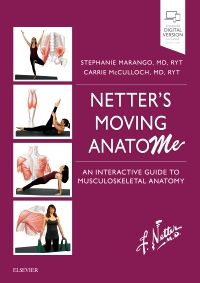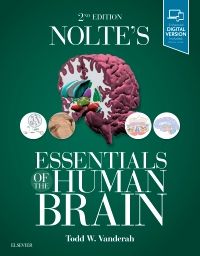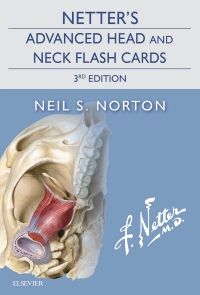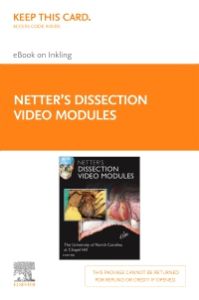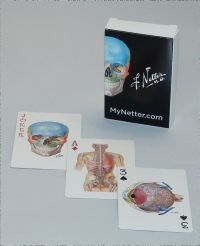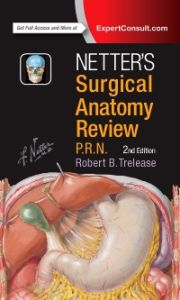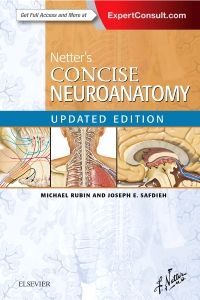Urinary & Fecal Incontinence, 3rd Edition
Current Management ConceptsNew to this edition
- Features a new chapter on Pathology & Management of Postprostatectomy Incontinence that provides detailed information on this increasingly important aspect of incontinence.
- Includes content on the impact of spinal cord injury on bladder and bowel function.
Key Features
- Authored and contributed by leaders in the Wound, Ostomy and Continence Nurses Society (WOCN).
- Provides an in-depth review of the physiology of continence, the pathologic mechanisms producing incontinence, and current treatment options to facilitate optimal assessment and care.
- Features detailed assessment guidelines to help clinicians accurately identify causative and contributing factors, and implement of a comprehensive management plan.
- Discusses urinary incontinence and fecal incontinence in separate sections to address the special considerations for each in an organized, focused, easy-to-use format.
- Features individual, complete chapters for each of the following types of incontinence: stress, functional, reflex (neurogenic bladder), and overactive bladder (urge incontinence).
- Devotes separate chapters to Pathology & Management of Postprostatectomy Incontinence and Bowel and Bladder Management in Children to ensure comprehensive coverage of these topics.
- Offers life-span content to help clinicians provide appropriate care for patients in every stage of life.
- Includes self-assessment questions with answers and rationales for review and self-testing.
- Integrates multidisciplinary care throughout to highlight its importance in successful treatment.
Author Information




